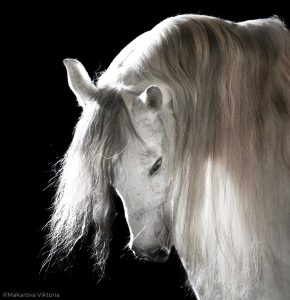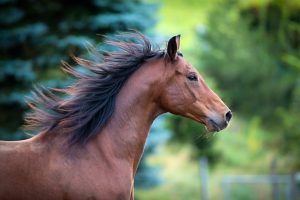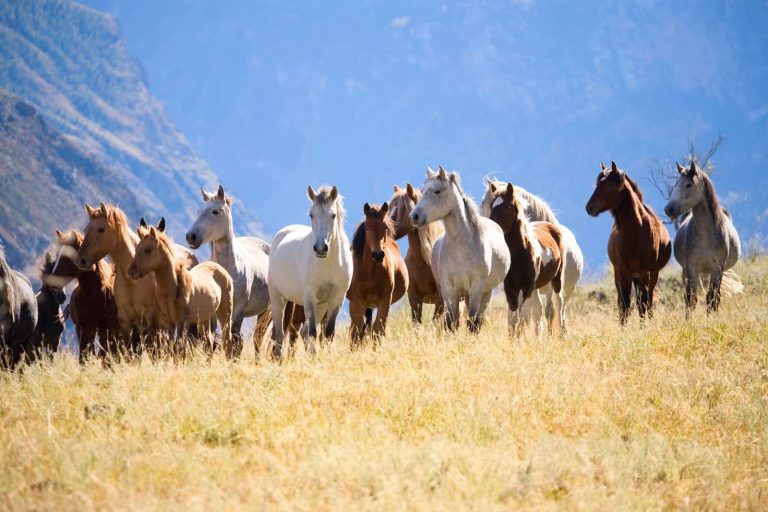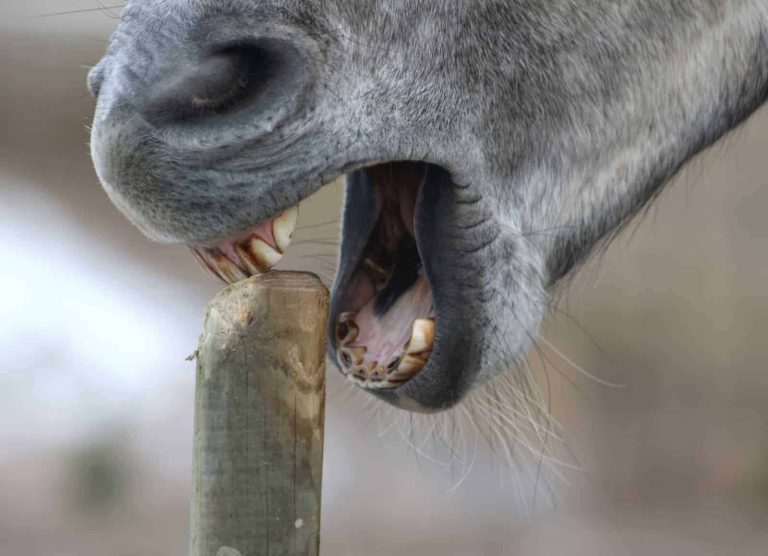Have you ever wondered what the purpose of a horse’s majestic mane is? Well, it turns out that this iconic feature serves more than just an aesthetic function. The horse’s mane plays a vital role in protecting the animal from the elements and aiding in communication. From serving as a natural shield against insects to signaling social status within a herd, the horse’s mane is far from just a beautiful adornment. In this article, we will explore the various purposes of the horse’s mane and delve into the fascinating world of equine communication and adaptation. So, let’s saddle up and explore the wonders of the horse’s mane together! The horse’s mane serves multiple important functions, from protection against the elements to enhancing sensory perception. Let’s delve into each aspect to understand the significance of this remarkable feature.
Table of Contents
ToggleProtection against the Elements
Insulation against cold weather
A horse’s mane acts as a natural insulator, providing warmth during cold weather conditions. The long hairs trap air close to the horse’s neck, helping to retain body heat and keep them comfortable in chilly temperatures.
Shielding from rain
The thick strands of a horse’s mane can act as a barrier against rain, preventing water from directly reaching the horse’s neck and back. This protection aids in keeping the horse dry, reducing the risk of discomfort and potential health issues.
Protection from sunburn
Not only does a horse’s mane shield them from the cold and rain, but it also offers protection against the scorching sun. The dense hair provides shade to the neck and upper back, limiting direct exposure to harmful UV rays and reducing the chances of sunburn.
Prevention of heat exhaustion
By acting as a natural sunshade, the horse’s mane helps to regulate body temperature in warm weather. This is particularly important in preventing heat exhaustion, a condition that can be detrimental to the horse’s well-being. The mane serves as a vital defense mechanism against excessive heat.
Enhancement of Sensory Perception
Sensitivity to touch and vibrations
The horse’s mane is equipped with numerous nerve endings, making it highly sensitive to touch and vibrations. This heightened sensitivity aids in the horse’s ability to sense their surroundings and react to potential threats, enhancing their overall awareness and survival instincts.
Detection of potential threats
The length and texture of a horse’s mane can help them detect potential threats from predators or approaching objects. Any changes in the mane’s positioning, such as standing on end, can alert the horse to possible dangers or unexpected movements in their environment.
Assistance in navigation
The mane also assists horses in navigation by providing sensory feedback. When moving through dense vegetation or narrow passages, the horse’s mane brushes against surrounding objects, providing tactile information about their surroundings. This feedback helps horses to navigate safely and confidently in various environments.
Regulation of Body Temperature
Thermal regulation in cold weather
Just as the horse’s mane provides insulation against the cold, it also aids in thermal regulation. During colder periods, the mane traps air close to the horse’s neck, acting as a buffer against freezing temperatures and helping to maintain the horse’s core body temperature.
Prevention of overheating in warm weather
While the mane offers protection against the cold, it also plays a role in preventing overheating in warm weather. The dense hair acts as a natural barrier, limiting direct exposure to the sun’s rays and reducing the risk of heat exhaustion or dehydration caused by excessive heat.
Provision of Defense Mechanism
Protection for vital areas
The horse’s mane provides an added layer of protection for vital areas of their neck and upper back. By covering these sensitive regions, the mane acts as a physical barrier, reducing the risk of injuries from sharp objects or potential bites from other animals.
Prevention of Irritation and Infection
Barrier against insects and parasites
The dense hair of a horse’s mane acts as a protective barrier against insects and parasites. By providing a physical obstruction, the mane helps to prevent these pests from directly contacting the horse’s skin, reducing the risk of bites, irritation, and the transmission of diseases.
Reduction of skin conditions and ailments
In addition to insects and parasites, the horse’s mane also helps to prevent skin conditions and ailments. By providing coverage and protection, the mane reduces the exposure of the underlying skin to dirt, dust, and other contaminants, minimising the risk of skin irritations, infections, and allergies.
Promotion of Individuality and Breed Distinction
Variation in colour, texture, and length
The horse’s mane offers a wide range of possibilities for individuality and breed distinction. With variations in colour, texture, and length, each horse’s mane becomes a unique feature that sets them apart from others. This diversity adds to the charm and beauty of the equine world.
Recognizable feature for identification
Due to the distinct characteristics of each horse’s mane, it becomes an identifiable feature for recognition. Breeders, owners, and enthusiasts can often identify specific horses or bloodlines based on their mane’s individual qualities. This recognition helps ensure accurate record-keeping, pedigree verification, and maintaining the integrity of various horse breeds.
Symbolic Significance and Cultural References
Historical and cultural importance
Throughout history, the horse and its mane have held great significance in various cultures worldwide. They have been revered and celebrated for their strength, beauty, and contribution to human civilization. The horse’s mane often symbolizes power, freedom, and grace, reflecting the profound impact these animals have had on human society.
Symbol of freedom, power, and grace
The flowing mane of a horse evokes a sense of freedom, power, and grace, captivating the imagination of admirers across generations. The mane’s elegance as it dances in the wind reinforces the awe-inspiring qualities associated with horses, further cementing their status as magnificent creatures.
In conclusion, the horse’s mane is not merely a beautiful feature but bears immense importance in various aspects of equine life. From protection against the elements to enhancing communication, sensory perception, and movement, the mane serves as a remarkable attribute. Its role in regulating body temperature, providing defense mechanisms, preventing irritation and infection, promoting individuality, and carrying symbolic significance further contributes to the overall significance of the horse’s mane.








